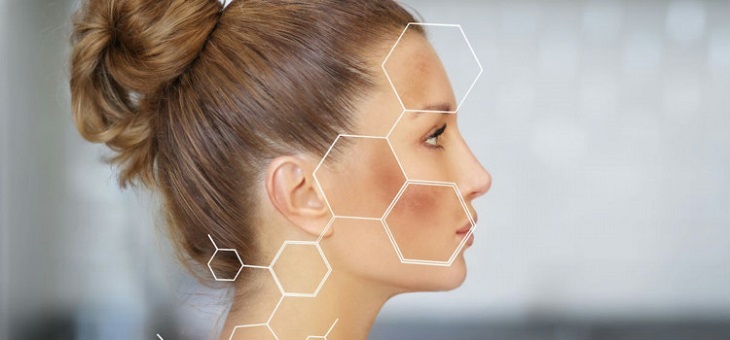There are plenty of great things about summer – sunshine, picnics and fruity cocktails immediately spring to mind – but it can also exacerbate certain skin conditions.
This is the time of year when many of us become keenly conscious of hyperpigmentation, because a tan can make those darker patches of skin more visible. Skin expert Fiona Brackenbury describes hyperpigmentation as the skin going into “fight or flight” mode whenever it is “perceiving a harmful attack”. This causes the skin to produce melanin, the pigment that gives hair and skin their natural colour, she explains.
However, Ms Brackenbury describes hyperpigmentation as one of the hardest things to treat, because there are so many factors to be considered and understood. If you have these darker spots, there are two main things you can do: exfoliate and add certain ingredients into your skincare regime.
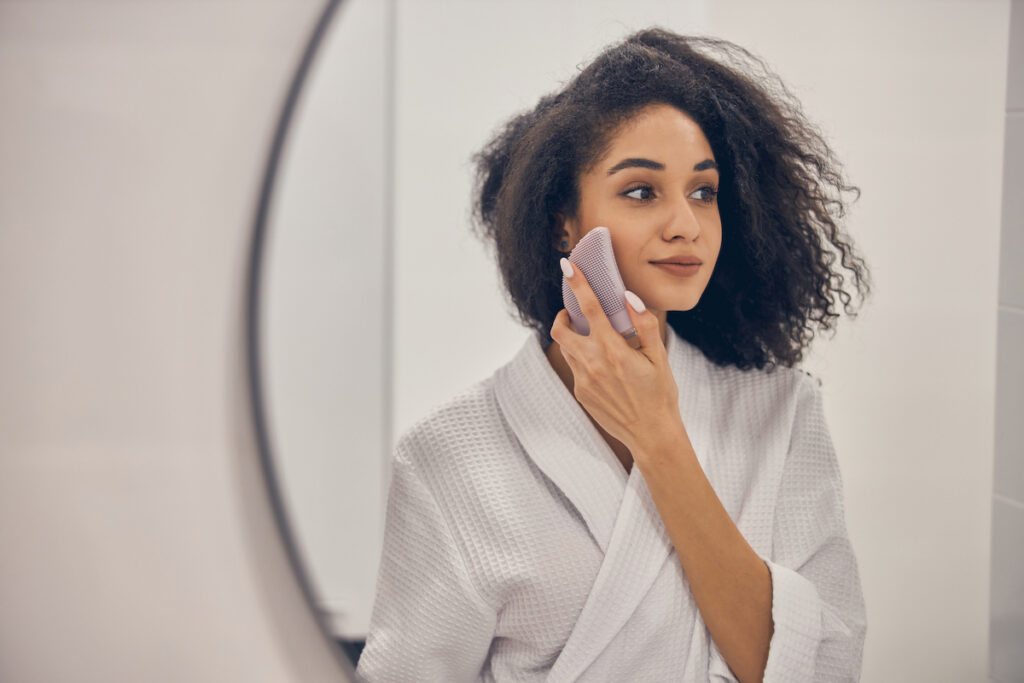
“Ensure you aid the elimination of dead skin cells and exfoliate regularly and effectively, using either hydroxy acids or retinoids – these will both also aid cell renewal,” says Ms Brackenbury.
Dr Howard Murad, a dermatologist, recommends adding ingredients such as hexylresorcinol into your skincare routine, which “work to reduce excessive melanin production”. He also notes “ingredients like niacinamide can hold back the transfer of pigment to the surface, and reduce redness”.
Causes of hyperpigmentation
The sun
Not only can the sun cause hyperpigmentation, but it can also make existing problems look more visible. This isn’t going to be new advice, but your best bet to protect your skin is to limit sun exposure and be liberal with sunscreen.
“Sunscreen reduces the signals within the skin alerting the melanocyte cell (the cell producing the pigment) to produce melanin,” says Ms Brackenbury. “The key is to ensure you reapply or use once-a-day formula, and even wear sunscreen in the house, as up to 80 per cent of UVA rays penetrate through windows.”
Free radicals
Free radicals are often mentioned in skincare, but what are they? These are unstable atoms that can oxidise and damage your skin, speeding up the appearance of ageing. If you live in a city, they can be caused by pollution.
Free radicals can disrupt the skin’s barrier, “causing internal stress to the skin and hyperpigmentation”, Ms Brackenbury says.
Vitamin C is an antioxidant that can fight free radicals. Dr Murad says it brightens the skin and, as we can’t produce it naturally, it’s “an essential ingredient to look for”.
Stress
Ms Brackenbury refers to stress as the invisible enemy because it “causes inflammation in the skin, largely caused by a fragile, weakened skin barrier”.
“A compromised skin barrier will be more vulnerable to hyperpigmentation, as it will always be in defence mode,” Ms Brackenbury explains. “Once the skin is in defence mode, there is no stopping the melanin from being produced.”
Acne scarring
“When the skin has suffered breakouts and blemishes over time, this can result in post-inflammatory hyperpigmentation,” explains Dr Murad.
Hyperpigmentation affects all skin tones. It can range “from a blue-purple uneven tone on darker skin, to red-pink on Caucasian skin, but essentially it’s the same issue,” says Dr Murad. “The frustration for patients, is that long after the acne has subsided, these colour changes give the appearance of acne, which can take time to heal.”
Dr Murad recommends incorporating anti-inflammatory ingredients and exfoliators into your skincare routine to treat these patches.
Products to help prevent and treat hyperpigmentation
The Inkey List Tranexamic Acid Overnight Treatment, $30
Ms Brackenbury likes this product because it “contains pigment inhibitors, antioxidants, skin brighteners and pigment diffusers”.

Elemis Dynamic Resurfacing Facial Pads, $60
This acts as a chemical and physical exfoliant, with Ms Brackenbury saying it releases dead skin cells and has “lactic acid to resurface, and probiotics to aid skin renewal daily”.
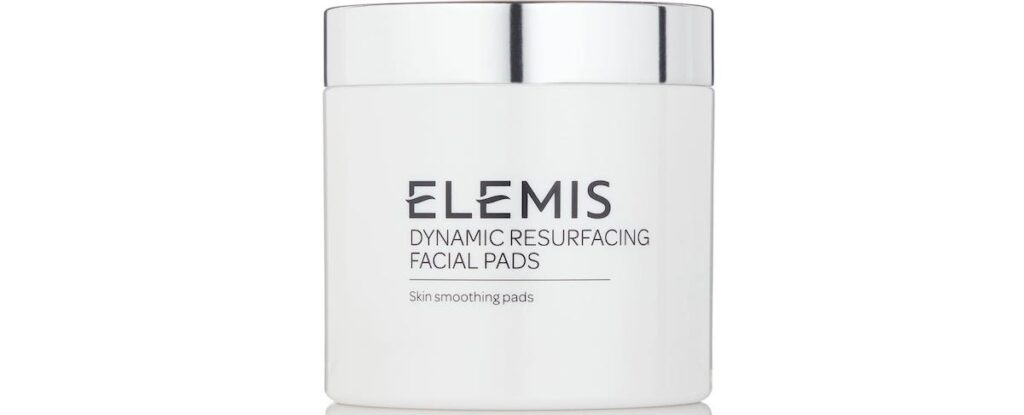
Indeed Labs Pepta-Bright, $35
Ms Brackenbury notes that it contains pigment inhibitors and skin brighteners.
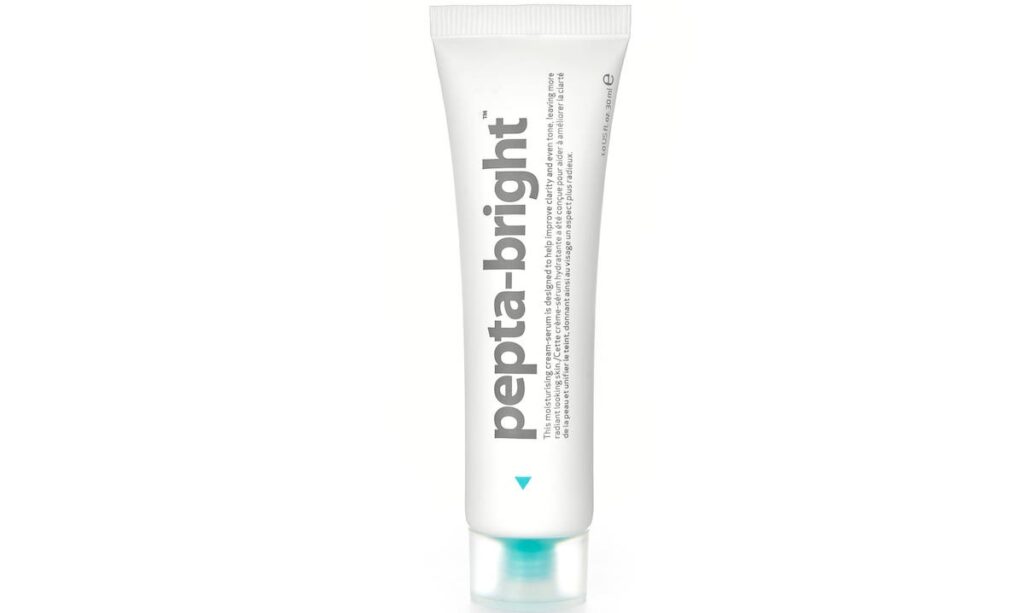
Dr Andrew Weil for Origins Mega-Bright SPF 30 Oil Free Moisturizer, $140
This product contains ingredients that help quell melanin-triggering stress, the facialist says.

Murad Rapid Age Spot Correcting Serum, $115
This serum contains niacinamide, hexylresorcinol and vitamin C, and reduces the look of hyperpigmentation on a range of skin tones.
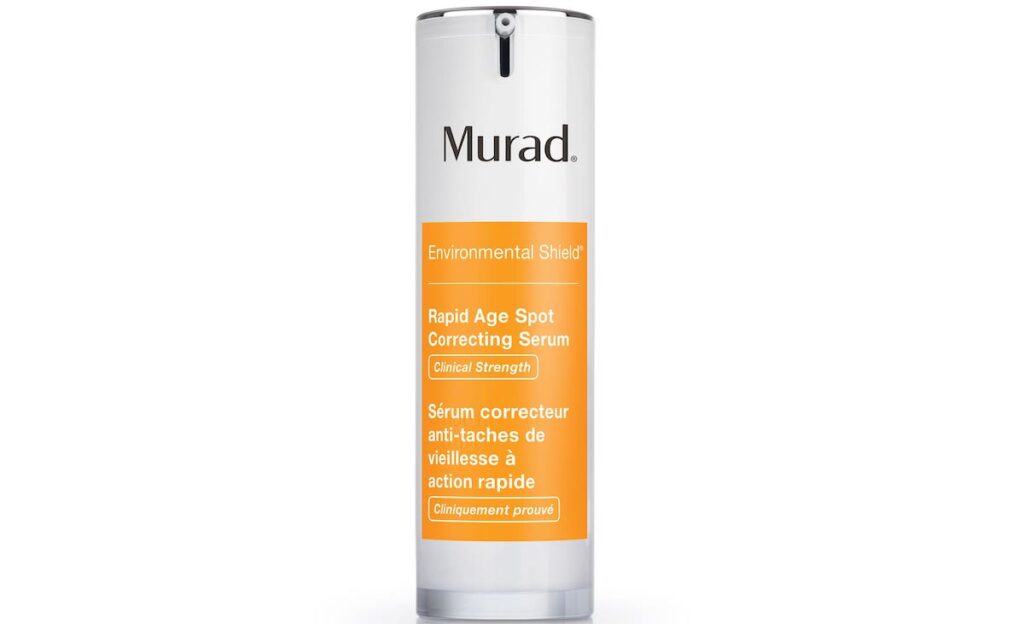
Do you have hyperpigmentation? Have you added anything to your skincare routine to combat it? Let us know in the comments section below.
Also read:
– With PA

